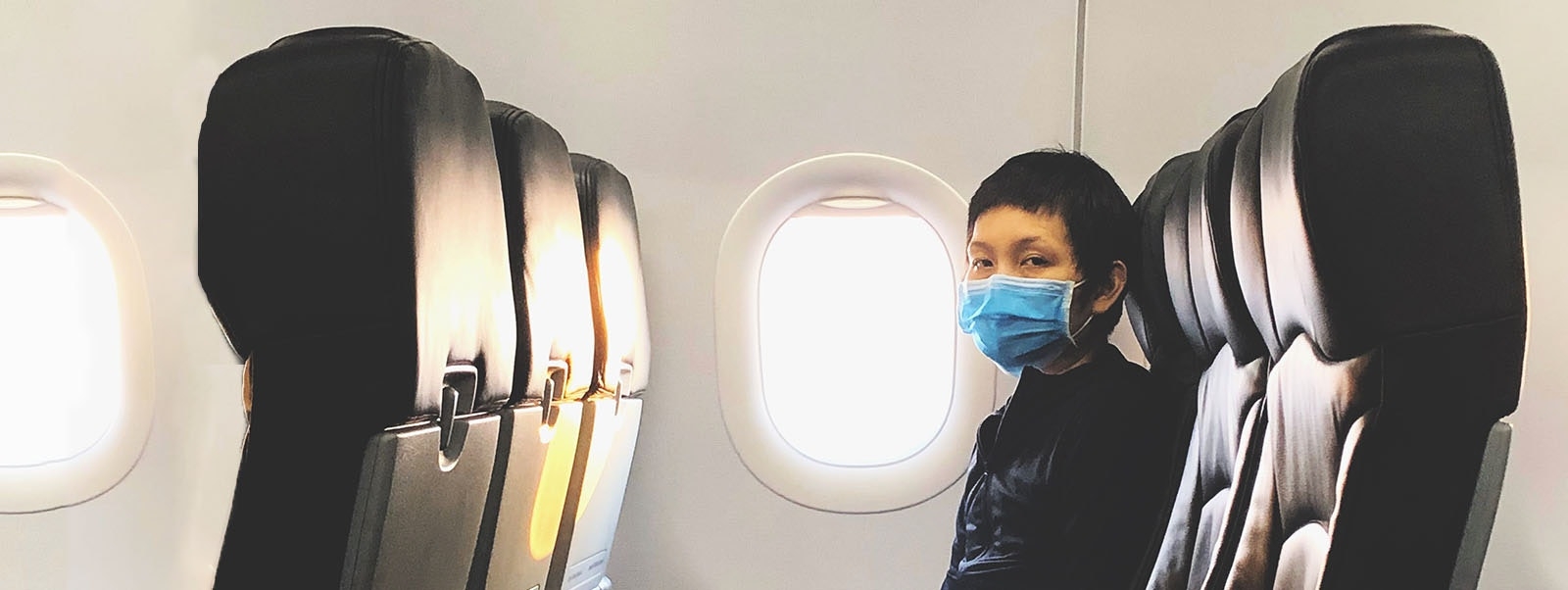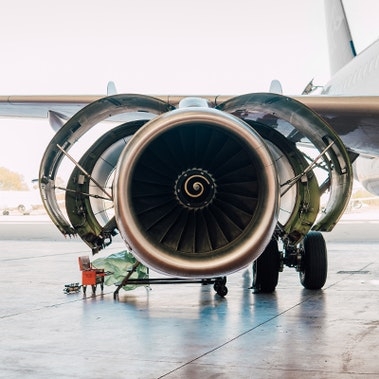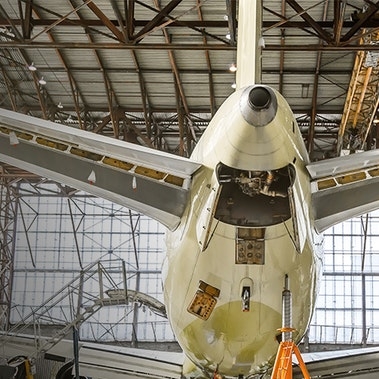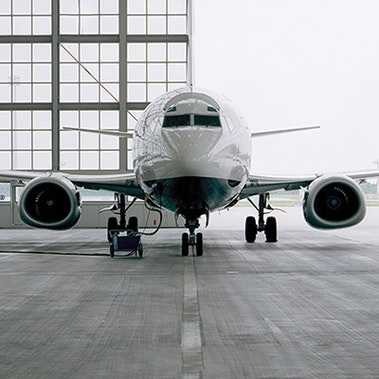By Geoff Murray and Tom Stalnaker
This article first appeared in CNN Business on August 13.
The coronavirus pandemic caused commercial air travel to come to a standstill for several months, and it is now at only a fraction of 2019 demand. About 20 airlines have shut down operations or declared bankruptcy. Hundreds of thousands of airline workers have either already lost their jobs or face the prospect as governmental bailouts run out or prove insufficient. And thousands of aircraft have been sent to storage or retired before they needed to be, according to our research.
Even more than the 9/11 terrorist attacks or the 2008-2009 financial crisis, Covid-19 is rocking the aviation industry to its core. Many of the scars will be permanent and visible. Based on our most recent analysis, the aviation industry is unlikely to recover to pre-Covid levels until the second half of 2022 at the earliest — and even then, it will be in domestic travel only.
The long-term scenarios we've modeled are based on a combination of forecasts from our Covid-19 Pandemic Navigator, various econometric models and real-time industry passenger data. We also are generating six-month regional projections using the Navigator and industry data from the International Air Transport Association. Our recovery forecast, which includes a second wave of coronavirus outbreaks, presumes development and dissemination of a vaccine by mid-2021.
Here's what we expect to see over the short- and long-term:
Fewer airlines
Between bankruptcies and consolidation, there will certainly be fewer airlines flying globally by 2023. And those that survive will operate simpler networks, almost exclusively built around connections through their larger hubs and markets.
Cheaper flights, but fewer options
For consumers, the industry contraction is likely to mean fewer nonstop flights and less choice in flights out of smaller cities. Initially, carriers may cut fares to increase demand, but the effectiveness of that strategy will be limited by economic uncertainty and high levels of unemployment in many countries. Discounts are also likely to last only until the industry begins to see a sustained demand rebound, which will depend on the virus and development of a vaccine.
More airline workers will lose their jobs
If Congress fails to come up with another bailout for the airlines before October 1, the United States may be looking at as many as 225,000 more airline workers losing their jobs this fall, according to our analysis. On that day, airlines can begin laying off workers, which they were previously unable to do in exchange for accepting federal aid. Those job losses would amount to about 30% of the total US airline workforce, according to our analysis, and include layoffs, paid and unpaid leaves and early retirements. Those projected losses would come on top of tens of thousands of others across the global industry.
But while airlines need to shrink payrolls to reduce costs, they also must maintain the right employees to facilitate growth once the industry rebounds.
Pilots and technicians are clear examples of the airlines' conundrum. Pre-pandemic, the industry faced shortfalls in both categories, and today's early and mandatory retirements will reduce numbers further. Given the time it takes to train pilots or technicians and the likelihood that new candidates may be discouraged by current unattractive job prospects, it's easy to imagine shortages in one or both positions as early as 2024. Of course, this will not be until after the pandemic subsides and the industry begins to show real growth beyond 2019 levels.
No full recovery for business travel
One factor holding back demand is the anticipated shrinkage in business travel. We expect it to remain at least 25% below pre-pandemic levels for the foreseeable future, at least into 2021, as companies cut back on trips between their own offices and facilities, relying instead on videoconferencing. Such internal travel, which also includes leadership meetings and professional development, makes up about 40% of total corporate demand, according to our analysis. We expect corporate external travel to return, but at a slower rate than domestic leisure travel.
International travel will remain sluggish
Another area not expected to fully recover for the next three years is international travel, based in part on the number of travel restrictions put into place to prevent Covid-19 from slipping across borders. For instance, Americans cannot travel to many countries today because of concerns about rising numbers of coronavirus cases in the United States.
Traveler attitudes will also have an impact. Oliver Wyman conducted a Traveler Sentiment Survey of nearly 4,600 consumers in nine countries that showed the majority — about 58% — were planning only domestic travel after Covid-19 subsides. Another 6% aren't planning to travel at all. In China, normally the world's largest outbound tourism market, only 12% of respondents said they would consider overseas travel post-Covid.
More than half also said the coronavirus will change the way they travel and their choice of destinations for the foreseeable future, favoring places based on safety and hygiene. International travel, which will likely be more dependent on the development of a vaccine, is not expected to recover to 2019 levels until well into 2023.
We predict that only China, South Korea, Italy, Norway, New Zealand and Greece will be able to reach 75% of 2019 domestic travel demand. These countries are among those that have been able to contain the virus and are seeing a return in bookings. The recovery in the rest of the world will come significantly slower — with the United States, for instance, expected to be at only 40% of 2019 demand by the end of 2020.
While the industry's near-term outlook is dim, the anticipated industry contraction — similar to what followed the last major recession — should help fuel another period of growth and profitability in the second half of the decade for the airlines that survive.
To read the article on CNN.com, please click here.






